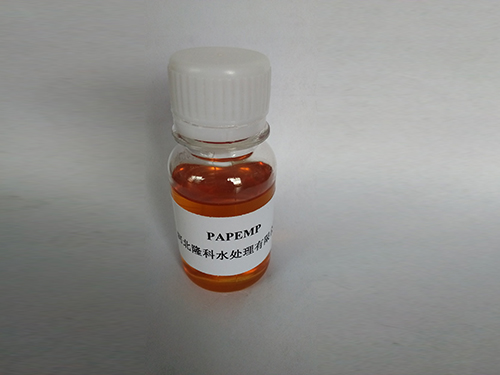Exploring the Applications and Benefits of Poly Aluminium in Water Treatment and Industrial Processes
Understanding Poly Aluminium A Versatile Coagulating Agent
Poly Aluminium, commonly referred to as polyaluminium chloride (PAC), has gained prominence due to its widespread applications in water treatment and various industrial processes. This compound is a type of aluminium-based coagulant that functions efficiently in purifying drinking water, treating wastewater, and in papermaking processes. Its unique properties and effectiveness make it an essential component in modern water treatment facilities and industrial applications.
Composition and Types
Polyaluminium chloride is a generic term that encompasses various formulations of aluminium chlorides. These compounds are produced by the hydrolysis of aluminium salts, which result in a polymeric structure, hence the name “poly-aluminium.” The most common form of PAC is the liquid variant, which boasts a high degree of efficiency. Solid forms exist as well, often used for specific applications based on water temperature and the required treatment process.
The primary advantage of PAC over traditional coagulants, like aluminium sulphate, is its enhanced performance across a wider range of pH levels. This adaptability means that PAC can effectively flocculate larger particles in both acidic and alkaline conditions, making it incredibly versatile in water treatment scenarios.
Mechanism of Action
The coagulation process involves several key steps. When PAC is added to water, it dissociates and forms positively charged aluminium species. These charged particles interact with negatively charged particles in the water, such as impurities, organic matter, and colloidal particles. This interaction leads to the formation of larger agglomerates or flocs, which can then be easily removed from the water through sedimentation or filtration processes.
This mechanism is not only efficient but also rapid, enabling water treatment facilities to achieve high levels of purification in shorter periods. The resulting flocs are more stable than those produced by some conventional coagulants, reducing the amount of sludge generated during the treatment process.
poly aluminium

Applications in Water Treatment
The primary application of PAC is in the treatment of drinking water and wastewater. In drinking water applications, PAC is favored because it produces high-quality, clear water with minimal residuals. Its ability to lower the turbidity levels effectively ensures compliance with health and safety regulations regarding potable water.
In wastewater treatment, PAC plays a crucial role in removing contaminants and improving water quality before it is discharged into the environment or reused. The effectiveness of PAC in micro-pollutant removal, including heavy metals and organic compounds, further underscores its importance in managing wastewater.
Additionally, PAC is utilized in industries such as pulp and paper, textiles, and food processing. In the paper industry, for example, it serves to enhance the retention of fibers and fillers, leading to improved paper quality while also minimizing the biological load during the bleaching process.
Environmental Considerations
While PAC offers several advantages, careful consideration must be given to its environmental impact. The use of aluminium in water treatment applications requires strict monitoring to prevent excessive aluminium concentration in treated water. Regulatory agencies worldwide have established guidelines to ensure that PAC is used safely and responsibly.
Conclusion
In conclusion, poly aluminium chloride is a highly effective coagulant with a wide range of applications in water treatment and various industries. Its ability to function effectively under varying pH conditions and provide stable flocs makes PAC an ideal choice for enhancing water quality. As industries and municipalities strive to meet the growing demands for clean water, the role of PAC in achieving these goals becomes increasingly significant. Its ongoing development and optimization will continue to play a pivotal role in water treatment technology moving forward.
-
Water Treatment with Flocculant Water TreatmentNewsJun.12,2025
-
Polymaleic AnhydrideNewsJun.12,2025
-
Polyaspartic AcidNewsJun.12,2025
-
Enhance Industrial Processes with IsothiazolinonesNewsJun.12,2025
-
Enhance Industrial Processes with PBTCA SolutionsNewsJun.12,2025
-
Dodecyldimethylbenzylammonium Chloride SolutionsNewsJun.12,2025





